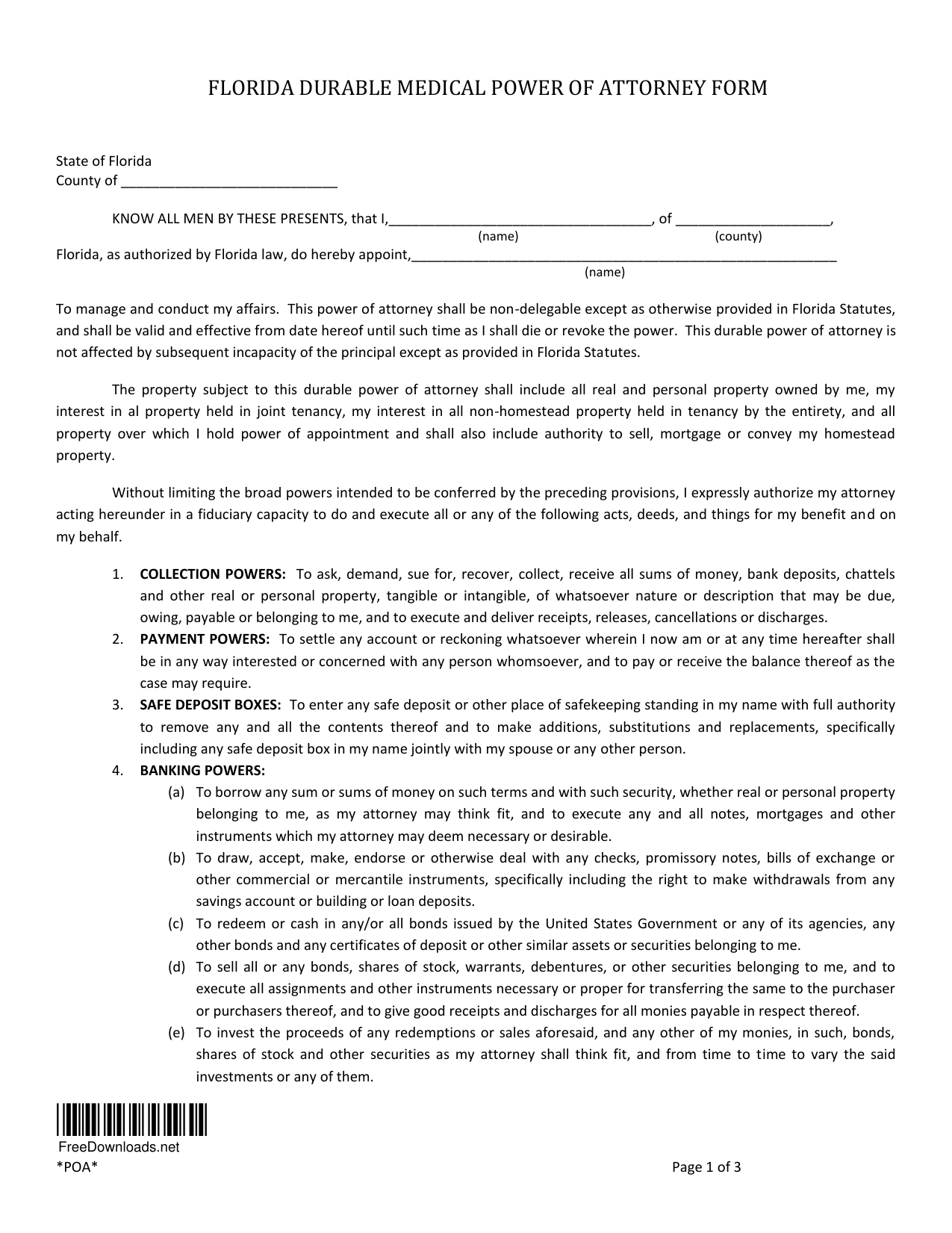SLE is likewise more common amongst Hispanic, Asian, and Native American women. Contagious illness such as Liver disease C are also more widespread amongst African Americans who account for 22 percent of Liver disease C cases, regardless of only making up around 13% of the U.S population. In 2007, nearly 70% of gonorrhoea cases and around 50% of Chlamydia and syphilis cases happened in African Americans.
The requirement for organ transplant is therefore greater amongst this population, a requirement that is not currently fulfilled by the amount of organs available. Compared to other ethnic groups, the rate of organ rejection is likewise higher amongst African Americans, while the survival rate after transplantation is lower. Developing countries are particularly prone to health variations and in order to fulfill the Millennium Advancement Goals and fix these health variations, access to health care must be improved in these countries.
August 10, 2020 - Health variations and health equity are two phrases that have actually frequently been used interchangeably to refer to the reality that some populations are able to accomplish health and health more quickly than others. As the push for value-based care has actually ended up being more prevalent, clinicians and health market leaders have actually acknowledged that to promote wellness and accomplish optimum results, they must resolve the upstream aspects that affect health: the social determinants of health.
By and big, having some populations that experience more social factors of health than others leads to health disparities and how many people die from marijuana a year health equity concerns. However those 2 terms can not be used interchangeably, as they so typically have been during recent discussions about social factors of health. Health disparities and health equity are 2 unique terms that describe two distinct phenomena.
Health disparities are the patterns one observes associated to health amongst various patient populations that is, an outcome being basically for a particular group. "Health and healthcare variations refer to differences in health and healthcare between groups," says the Kaiser Household Foundation. "A 'health disparity' describes a higher burden of disease, injury, impairment, or mortality experienced by one group relative to another.
Excitement About How To Take Care Of Your Mental Health
Black and Hispanic patients were most likely to contract the health problem and experience higher rates of hospitalization than their white peers. That illness problem was higher for Black and Hispanic patients than it was for white patients, resulting in a health disparity. Health equity, or its foil health injustice, are frequently viewed as the reasons for a health variation.
" Health equity indicates that everybody has a fair and just opportunity to be as healthy as possible," the Robert Wood Johnson Foundation says. "This requires getting rid of obstacles to health such as hardship, discrimination, and their consequences, consisting of powerlessness and lack of access to great tasks with fair pay, quality education and housing, safe environments, and health care." When there is not health equity (meaning, when there is health injustice), health disparities emerge.
Some examples of health injustice might include, but are not restricted to: Redlining, which can still be seen in limited financial, educational, or health resources Limited career opportunities Earnings variations Neighborhood security Access to healthy food Those factors each have a downstream influence on client health - what is fsa health care. If a client lives in a low-income neighborhood, she might not get the education that would cause a well-paying task with employer-sponsored health insurance coverage.
But that could likewise lead to health variations associated with results: since that client does not have insurance coverage, she may have the ability to afford preventive care that would have identified pre-diabetes. That client might then develop diabetes, resulting in another health variation. Health variation and health equity or injustice are typically utilized interchangeably due to the fact that it is challenging to mention one without the other.
That demonstrates both health inequity and health disparities at play. The example about COVID-19, too, shows health injustice and health disparities. Black and Hispanic patients carried the problem of the illness more than their white peers, but that wasn't due to the fact that their bodies were less able to combat the virus. Instead, a variety of injustices made it most likely they would contract the infection and end up being sicker with it.
9 Simple Techniques For Which Of The Following Is True About The Health Care Latinos Receive?

Black and Hispanic patients became more likely to contract the virus. And when they contracted the infection, they were more likely to become seriously ill. Decades of institutional bigotry have actually worn down trust in between minority clients and their often white companies. Meanwhile, low income, lack of insurance, failure to make time, and lack of proximity to a health clinic have actually restricted minority client access to care.
The differences between health disparities and health equity are clearly nuanced, making it simple to utilize Click here for info the expressions interchangeably. However, acknowledging those subtle differences will be necessary as the healthcare industry turns its focus toward population health and the social factors of health.
Current research studies have actually revealed that regardless of the enhancements in the overall health of the nation, racial and ethnic minorities experience a lower quality of health carethey are less likely to get routine medical care and face greater rates of morbidity and mortality than nonminorities. The American Medical Association (AMA) encourages physicians to analyze their own practices to make sure equality in treatment.
Health Disparities Toolkit. This kit concentrates on the theme of "Working Together to End Racial and Ethnic Variations: One Doctor at a Time." Access DVD interviews with doctors, nurses and clients, and a CD of info on topics such as cultural proficiency and literacy. Utilize the assistance guide to work with other health care service providers and physicians.
Access the white paper on "Collecting and Utilizing Race, Ethnic Culture and Language Data in Ambulatory Settings (PDF)" to discover suggestions from the Commission to End Health Care Disparities on how to utilize market data to achieve useful goals. The Institute of Medicine (IOM) performed an evaluation on the differences in the kinds and quality of healthcare gotten by U.S.
Rumored Buzz on What Is The Purpose Of Formalized Codes Of Ethics In The Health Care Professions?
The IOM report found that: Variations in health care exist and are associated with worse health results. Healthcare variations take place in the context of wider inequality. There indicators of anxiety are lots of sources throughout health systems, providers, clients and managers that contribute to disparities. Predisposition, stereotyping, bias and scientific uncertainty contribute to variations.
Read a summary the IOM findings (PDF) and suggestions, or gain access to the total IOM report. The IOM concluded that a thorough, multilevel strategy is required to remove these variations. Access the National Healthcare Quality & Disparities Report for extra information. This annual report is produced by the Company for Healthcare Research Study and Quality.
population through its policies and advocacy work. The AMA's House of Delegates focuses on the elimination of racial and ethnic health variations as a leading significance. The AMA is partnering with the AMA Foundation to help physicians realise and manage low health literacy amongst clients through its public health grants.

These policies intend to: Increase awareness of racial and ethnic disparities in health care among the basic public. Strengthen patient-provider relationships in publicly financed health insurance. Apply the same handled care protections to openly financed HMO individuals that use to personal HMO individuals. Check out more in AMA's PolicyFinder. In 2000, the U.S.